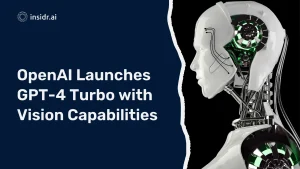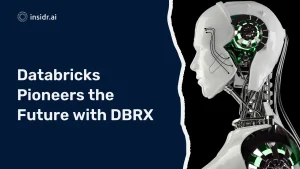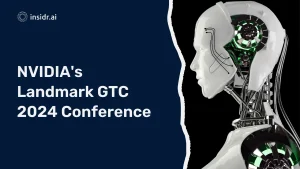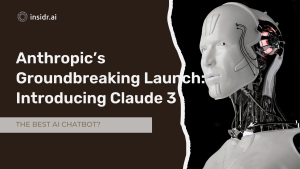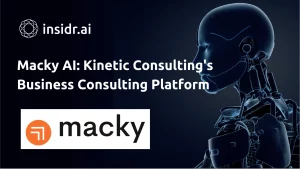
In the realm of cutting-edge technological advancements, the fusion of Artificial Intelligence (AI) and Brain-Computer Interfaces (BCIs) has given rise to an astounding breakthrough – the recreation of human voices through AI-powered BCI systems.
This revolutionary stride forward opens a multitude of possibilities and applications, ranging from medical rehabilitation to entertainment.
Let’s delve into the depths of this innovation and explore its implications for the future.
Understanding the Synergy: AI and Brain-Computer Interfaces
AI's Evolutionary Leap in Voice Recreation
AI, a field focused on endowing machines with human-like intelligence, has embarked on a remarkable journey of evolution.
Voice recognition and synthesis have been integral parts of AI development, with virtual assistants and text-to-speech systems showcasing the capabilities.
However, the integration of AI with Brain-Computer Interfaces takes this progress to an entirely new echelon.
Empowering BCIs: The Mind-Machine Connection
Brain-Computer Interfaces, a technology that establishes a direct communication pathway between the brain and external devices, hold immense potential in assisting individuals with limited mobility or communication abilities.
Traditionally, BCIs have been employed to control robotic limbs or type out text through mind signals.
Now, the collaboration with AI introduces a groundbreaking dimension – the recreation of comprehensible and natural-sounding speech.
The Inner Workings of AI-Powered Voice Recreation
Decoding Neural Activity
At the heart of this innovation lies the deciphering of neural activity.
BCIs equipped with advanced sensors capture neural signals associated with speech formation.
These intricate signals are then fed into AI algorithms capable of translating them into understandable linguistic patterns.
The Role of Deep Learning
Deep Learning, a subset of AI, plays a pivotal role.
Neural networks, inspired by the human brain’s interconnected neurons, unravel the complex relationships within the captured neural data.
As these networks train on extensive datasets, they refine their understanding, enabling them to generate coherent and contextually accurate speech patterns.
Implications and Applications
Restoring Speech to the Voiceless
One of the most profound implications is the restoration of speech for individuals unable to articulate verbally.
Those affected by conditions such as locked-in syndrome or severe speech impairments could regain the ability to communicate naturally.
This fosters a newfound sense of independence and connection with the world.
Revolutionizing Accessibility Tools
The amalgamation of AI and BCIs also extends its transformative touch to accessibility tools.
Text-to-speech systems that were once reliant on typing can now directly tap into the user’s intended speech.
This not only enhances efficiency but also enables a smoother and more inclusive user experience.
Entertainment and Beyond
Beyond the realm of medical marvels, AI-powered voice recreation finds itself in the realm of entertainment.
Imagine interacting with historical figures or beloved characters through their digitally resurrected voices.
The possibilities span across movies, gaming, and immersive storytelling.
Ethical Considerations and Future Prospects
Ethical Tightrope
While the innovation opens remarkable doors, ethical considerations loom.
The replication of one’s voice sparks questions about consent, privacy, and potential misuse.
Striking a balance between technological advancement and ethical responsibility remains a challenge.
A Glimpse into the Future
As AI and BCIs continue to evolve, the future envisions even more seamless and intuitive voice recreation.
Enhanced algorithms could lead to real-time translation of thoughts into speech, fostering cross-cultural understanding like never before.
Moreover, refinements might address current limitations, making the technology accessible to a broader spectrum of users.
Conclusion
The fusion of AI and Brain-Computer Interfaces to recreate human voices epitomizes innovation at its finest.
The strides taken in understanding neural activity and applying deep learning underscore the potential to transform lives across various domains.
From medical rehabilitation to entertainment realms, the harmonious synergy between technology and the human mind brings forth a future full of promise and possibilities.
However, as we traverse this uncharted territory, upholding ethical standards remains paramount to ensure the responsible and beneficial deployment of this groundbreaking technology.
Discover More AI Tools
Every week, we introduce new AI tools and discuss news about artificial intelligence.
To discover new AI tools and stay up to date with newest tools available, click the button.
To subscribe to the newsletter and receive updates on AI, as well as a full list of 200+ AI tools, click here.


